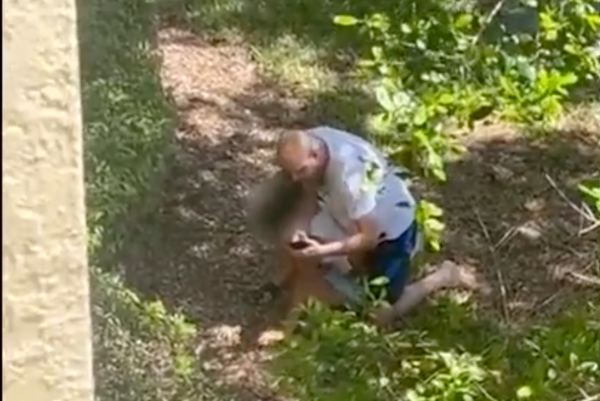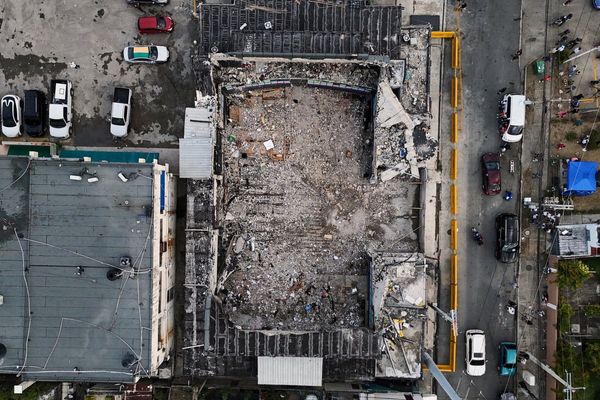Since he was a schoolboy in the 1970s, Steve Dawson could never get a tight grip on a textbook – rather, his hands were destined for labouring.
So, at the age of 15, he quit the classroom and took up a job as a lackey at a hardware store in his home town of Mount Isa.
Cutting slabs of timber and fibro, and carting pieces of furniture around — he relished getting his hands dusty.
Some 50 years on, Mr Dawson saw a doctor about a back injury. Weeks later he was diagnosed with terminal mesothelioma in the stomach and a lung.
The majority of mesothelioma cases are caused by asbestos exposure.
As the weight of not knowing how much time he has left hung heavily on his shoulders, Mr Dawson opened up about the reality of living with asbestos poisoning.
He hoped to break down "ludicrous" myths surrounding asbestos exposure and pleaded with anyone who has done renovations on houses to get checked amid a warning that "people are still being exposed".
Asbestos was favoured in the construction industry as a strong fire-repellent and insulator.
Since at least the 1860s, it had been used in building materials, vehicle friction, electrical and textile products.
The first warning of the danger of asbestos dust was officially reported in Australia in 1944 at the Wittenoom asbestos mine in Western Australia.
Although use of asbestos in building materials ceased in the 1980s, It was not until December 31, 2003, that a national ban on the manufacture and use of all types of asbestos took effect.
But many workers in the building, mechanical and electrical industries continue to be exposed to the toxic material today.
Mr Dawson would not wish his condition on anyone.
Mr Dawson recalled receiving the news of his diagnosis.
"It was really scary, I'll admit. I just remember feeling really scared.
"I didn't know how to handle it," he said.
"I just came home, I told the wife, and between the two of us, we just decided we've just got to keep going and just take every day as it comes."
Mr Dawson said he had "so many plans" and they "wanted to do things".
"We had a tour we wanted to do of Darwin," he said.
"Now I'm lucky if I wake up without any pain – that's a good day for me.
'Ridiculous' myths
When word got around town about Mr Dawson's condition, he said one of the most isolating impacts came from the reaction of others.
"Some people won't come near me or they won't talk to me because they think it's contagious," he said.
"You can't catch asbestos poisoning off someone. That's ridiculous."
Compensation catch-22
Mr Dawson was eligible for terminal illness compensation through Queensland's "no fault" WorkCover scheme.
The pay-out allowed Mr Dawson and his wife Sandra to purchase a house in Gympie so Mrs Dawson would be financially secure when he dies.
But there was a catch — owning a sizeable asset and having the lump sum sitting in his bank account meant Mr Dawson could not access Centrelink payments for a disability he lives with.
"It's not a massive pay-out. I tried to get my disability pension payments but I can't do that so we've got nothing else coming in," he said.
Shine Lawyers associate Kathryn Townsend, who handled Mr Dawson's claim, said it was a catch-22 many of her clients found themselves in.
Asbestos poisoning 'far too common'
Typically regarded as an historical disease that catches up with people years after exposure, Ms Townsend said asbestos poisoning was still a modern concern.
"I've looked after countless people. It's far too common and unfortunately, with a boom in renovations, particularly DIY renovations, people are still being exposed," she said.
Mr Dawson urged people to get checked.
"And women need to get checked as well.
"People assume it impacts men because they made up most of the workforce back then, but plenty of women were helping with home renovations as well."







